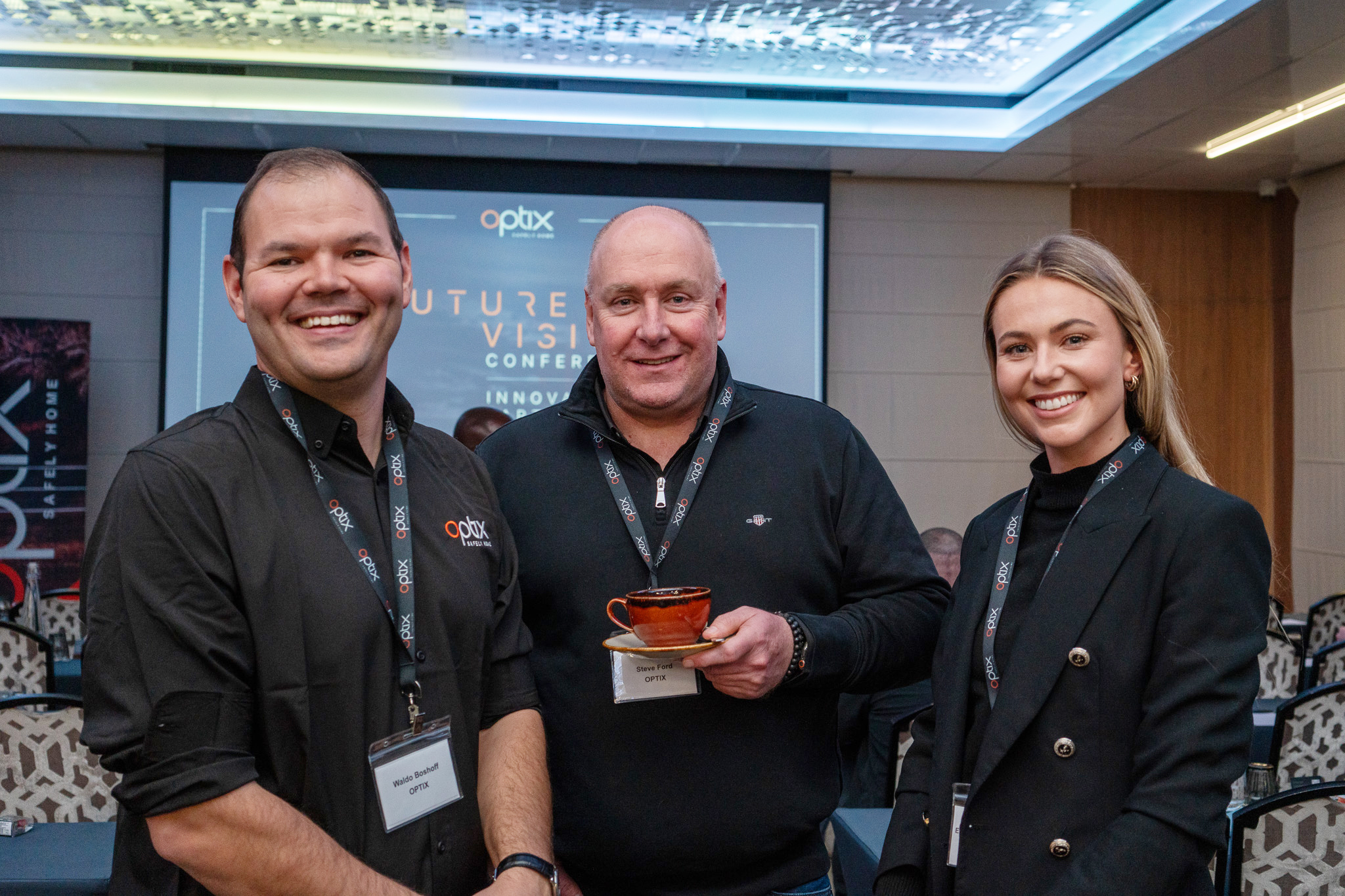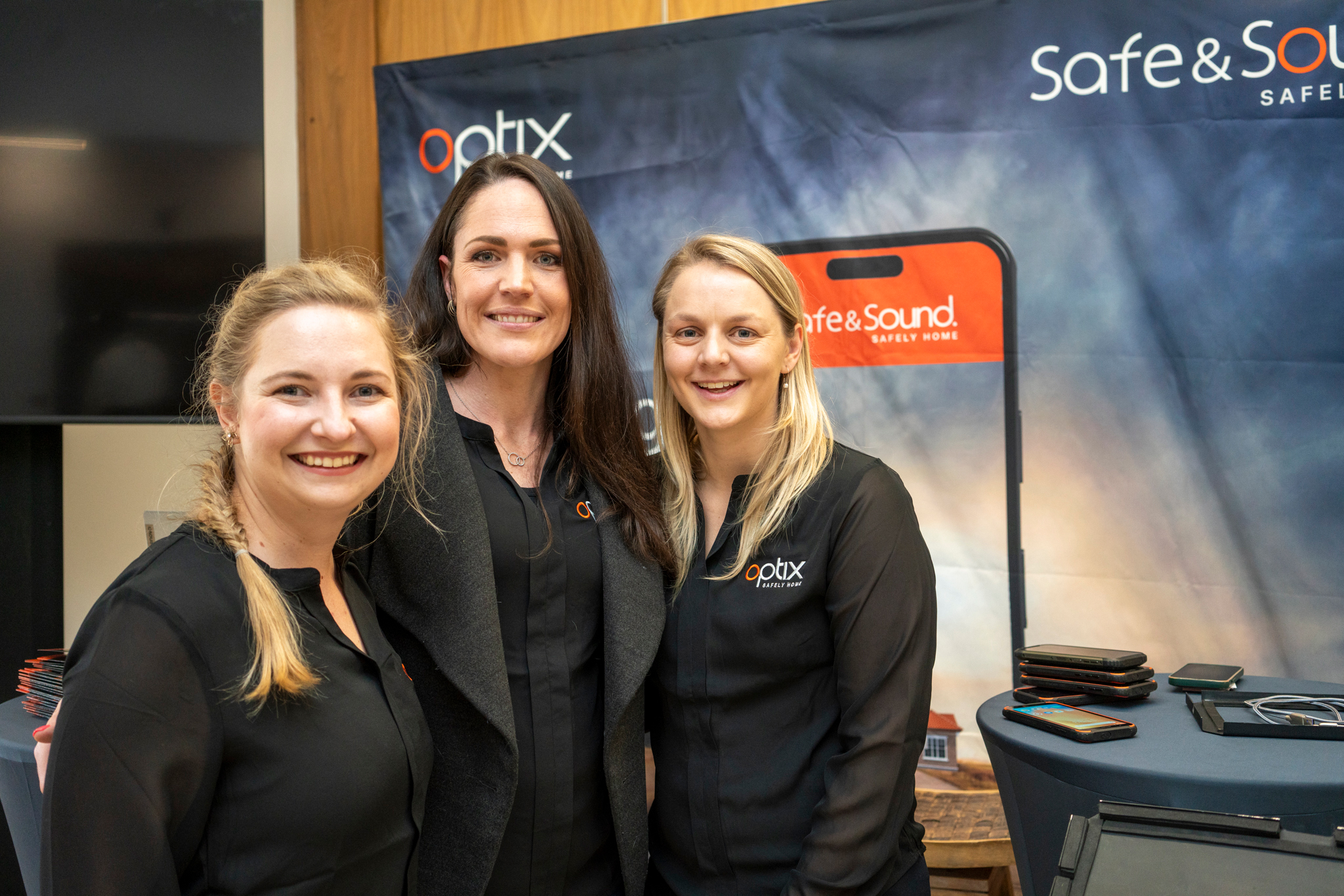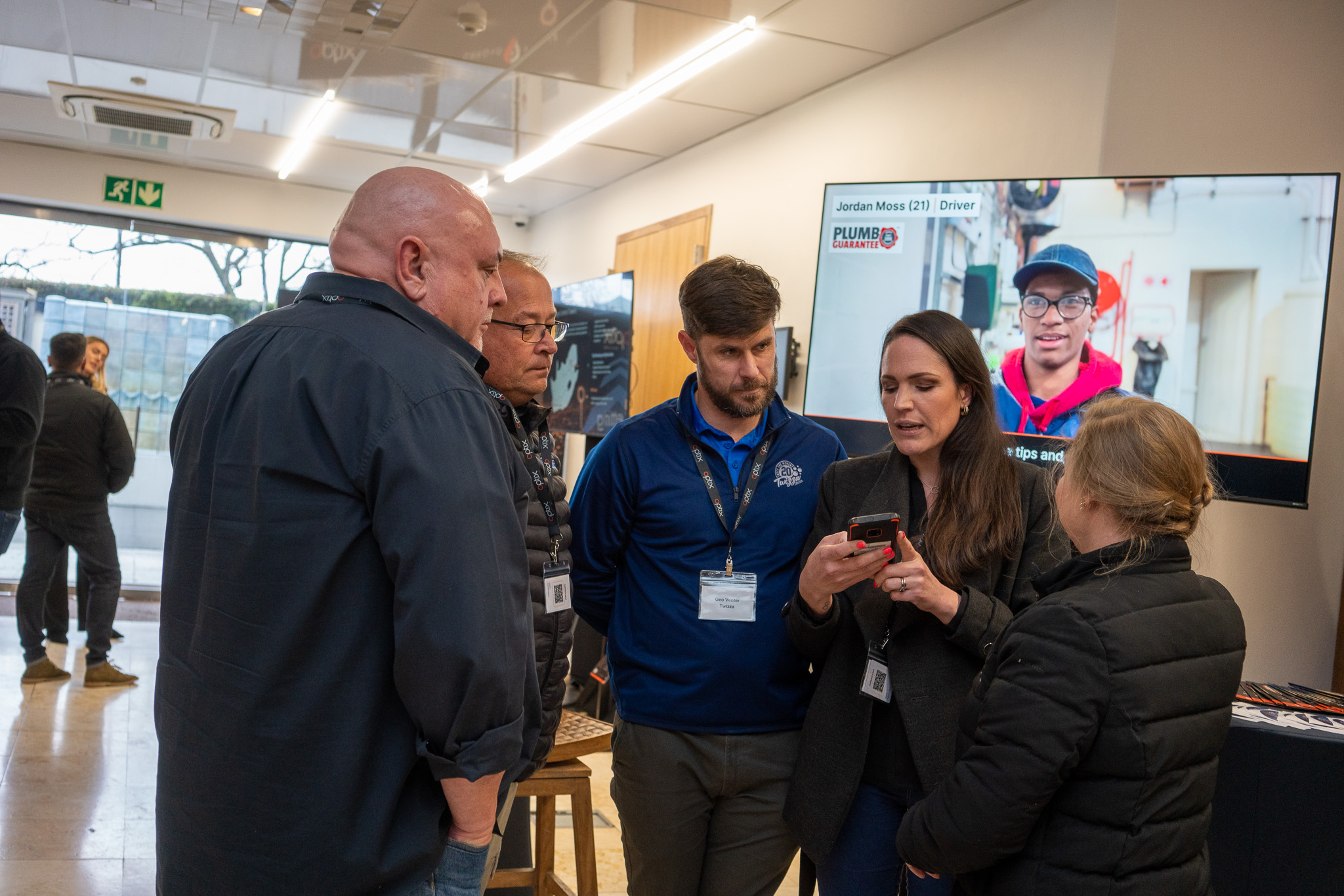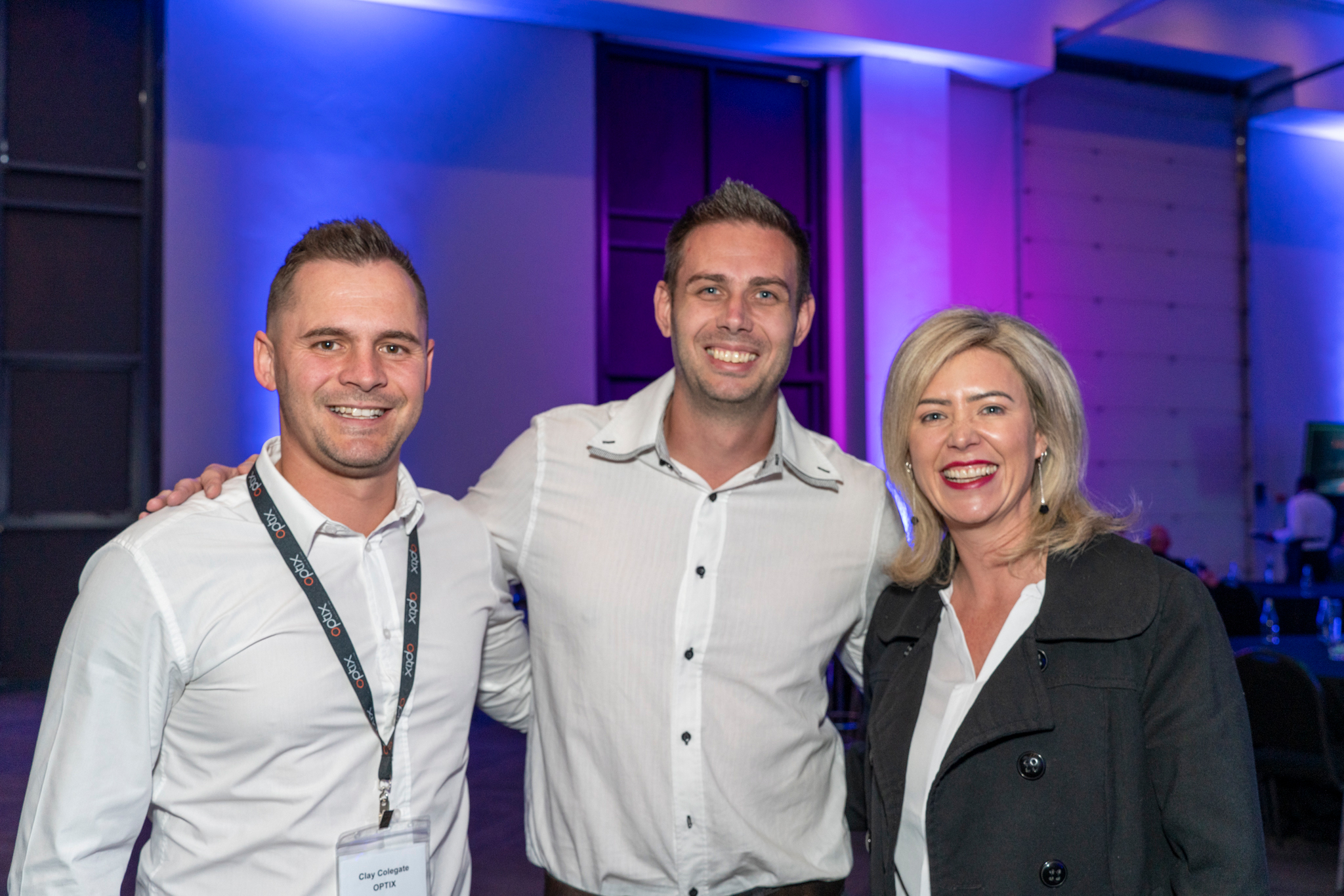Is saving lives mission impossible?
Is saving lives mission impossible?
South Africa has an atrocious road safety record. Is saving lives mission impossible? After attending the Optix Future Vision Conference, CHARLEEN CLARKE writes that there is cause for optimism.
“We need to stay true to our cause of saving lives.” So said Clay Colegate, chief business development officer at Optix, at the conclusion of the event. Indeed, this was the recurring theme of the entire conference.
Colegate opened the event by reminding delegates of Optix’s simple yet innovative origins in 2000. “Louis Swart and his wife conceptualised the idea of placing stickers on the backs of trucks, requesting feedback from other road users in order to monitor driver behaviour. This concept laid the foundation for DriveRisk, a company initially run from their garage. The primary goal was to provide insights and visibility to fleet operators, enhancing road safety and driver behaviour,” he related.
Over the years, the company and its product range evolved, and it expanded into more than 40 countries worldwide. In May last year, DriveRisk globally rebranded to Optix. Today, 80,000 vehicles in South Africa are protected by Optix’s sophisticated solutions, demonstrating how far the company has progressed since its humble beginnings.
Advances in efficiency and risk management
Along the way, the entire industry has also progressed. Waldo Boshoff, chief technology officer at Optix, highlighted the improvements in operational efficiencies over the years. Reflecting on how inventory management was conducted manually 30 years ago, Boshoff compared it to modern-day examples such as Amazon, where efficiencies have increased by an astounding 9,900% since the 1990s. “UPS, another leader in logistics, exemplifies how embracing technology can revolutionise operations. In 2012, UPS invested US$250 million in the creation of Orion, a system designed to optimise delivery routes,” he told delegates.
By calculating the most efficient routes that minimise left-hand turns (which take more time and fuel), Orion can help drivers avoid unnecessary stops and turns. This has resulted in a reduction of up to 100 million miles (roughly 160.9 million kilometres) driven annually, saving around 10 million gallons (around 37 million litres) of fuel each year.
In this context, Optix has become an invaluable partner to fleet operators, providing advanced transport management software tools like Vantage. “This software acts as a bridge between risk and efficiency, helping businesses not only to reduce accidents but also to improve operational performance,” explained Boshoff.
The role of data and telematics in fleet safety
One of the most significant advancements in fleet management is the use of data and video telematics. Jonathan Mphake, national fleet manager at SBV, emphasised that the vast amount of data in fleet management can feel overwhelming, but is crucial for improving safety. The Optix system, for instance, offers a powerful driver coaching tool that Mphake appreciates for its ability to provide advice and support rather than just monitoring. “I partner with Optix because I want my drivers to get home safely,” he noted.
Mphake also shared a compelling example of how video telematics helped in an accident reconstruction. When a pedestrian stepped in front of a truck and tragically died, the community was quick to blame the driver. However, video evidence clearly showed that the driver was not at fault for the accident.
This example illustrates how telematics is not just about tracking; it’s about providing context, fairness, and support to drivers, ultimately enhancing trust and accountability within the fleet. “The technologies are not there to get rid of people; they’re there to make us better. They are tools that augment you – they don’t destroy you,” said Mphake.





Tackling the major issues: Fatigue and distracted driving
Fatigue and distracted driving are significant concerns for fleet operators. In fact, Colegate pointed out that fatigue is one of the biggest risks on the road. Optix has therefore developed a fatigue monitoring solution using its SF Series Intelligent Event Recorder, which focuses on recording exceptions rather than hours of footage.
Over the last 18 months, 360,661 fatigue events were recorded, with critical fatigue – where drivers’ eyes were closed – being detected in a number of cases. Astonishingly, only 46 of these incidents resulted in collisions, demonstrating the effectiveness of proactive monitoring in preventing accidents – because a life was potentially saved an impressive 81,622 times. Mpumalanga is the worst province when it comes to fatigue incidents, and 40% of Optix customers’ fatigue incidents happen on the N4.
Distracted driving remains another major issue. In South Africa, this accounts for a significant proportion of near collisions, more often due to poor driving skills and situational issues than mobile phone use. Data from Optix indicates that drivers who are “boxed in” with no escape routes or those who lack advanced driving skills are more prone to these dangerous situations: the number one cause of near collisions is a lack of driving skills.
Drivers who cover long distances are more likely to become more complacent when they’re close to their destination. As vehicles are approaching major city centres, the frequency of collisions increases in all major centres in South Africa.
Various fascinating statistics were presented when it comes to the riskiest provinces in terms of accidents, when accidents are most likely to take place, and why. These findings will be presented in Optix’s Annual Risk Report, which will be the subject of a separate article.
Looking forward, the role of AI in fleet management is set to expand even further. Brendan Buzer, director of product management at Lytx, revealed that a new device health monitoring product will be launched by the end of the year, aiming to reduce the overall risk in fleet operations. Future dashboards will integrate AI more deeply, simplifying coaching and enhancing driver engagement through positive recognition.
Safe&Sound launched
Inge-Marie Hilligan, Safe&Sound executive, spoke about the company’s new platform, which was launched at the event. She detailed the solutions it offers, such as “Empower Me”, which focuses on self-coaching for drivers, and “Recruit Me”, which streamlines the hiring process to ensure the recruitment of safe and professional drivers. With various other models – like “Engage Me”, a new communication tool, and “Train Me”, which focuses on enforcing safe driving skills – Safe&Sound is expanding its suite of tools to address the challenges in driver behaviour and risk management.
A call for behavioural change and trust
Despite all the technological advancements, Hilligan reminded the industry that 80% of road traffic crashes in South Africa are caused by human factors, which are avoidable and preventable. “Changing behaviour, however, is challenging due to limited face time with drivers, operational pressures, and a lack of trust between operators and drivers. Therefore, the goal is to use technology not to replace human roles but to augment them – providing better coaching, fostering a culture of accountability, and rebuilding trust,” she noted.
In conclusion, the conference revealed that, as technology continues to advance, the future of fleet management lies in balancing efficiency with safety. Tools like Optix’s Vantage and Safe&Sound’s suite of solutions are already paving the way, but it’s clear that technology alone isn’t the answer. The ultimate goal is to create a safer environment where drivers feel supported and valued, where data is used to inform and improve rather than to penalise, and where fleets operate more efficiently with reduced risk.
The journey ahead is about embracing both the potential of technology and the importance of human-centred approaches to transform the industry – and bring everyone home safely. After all, as Hilligan highlighted: “Today, if you are between the ages of five and 29, you are more likely to die from a road traffic crash than any other cause. Can you really afford not to take up our solutions?”
She makes a very good point.
Published by
Focus on Transport
focusmagsa




